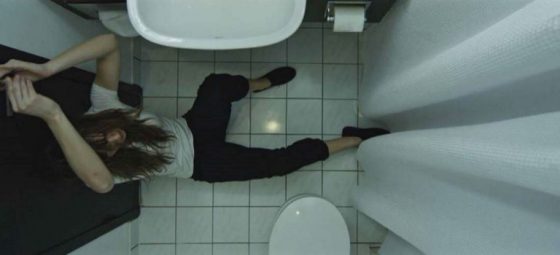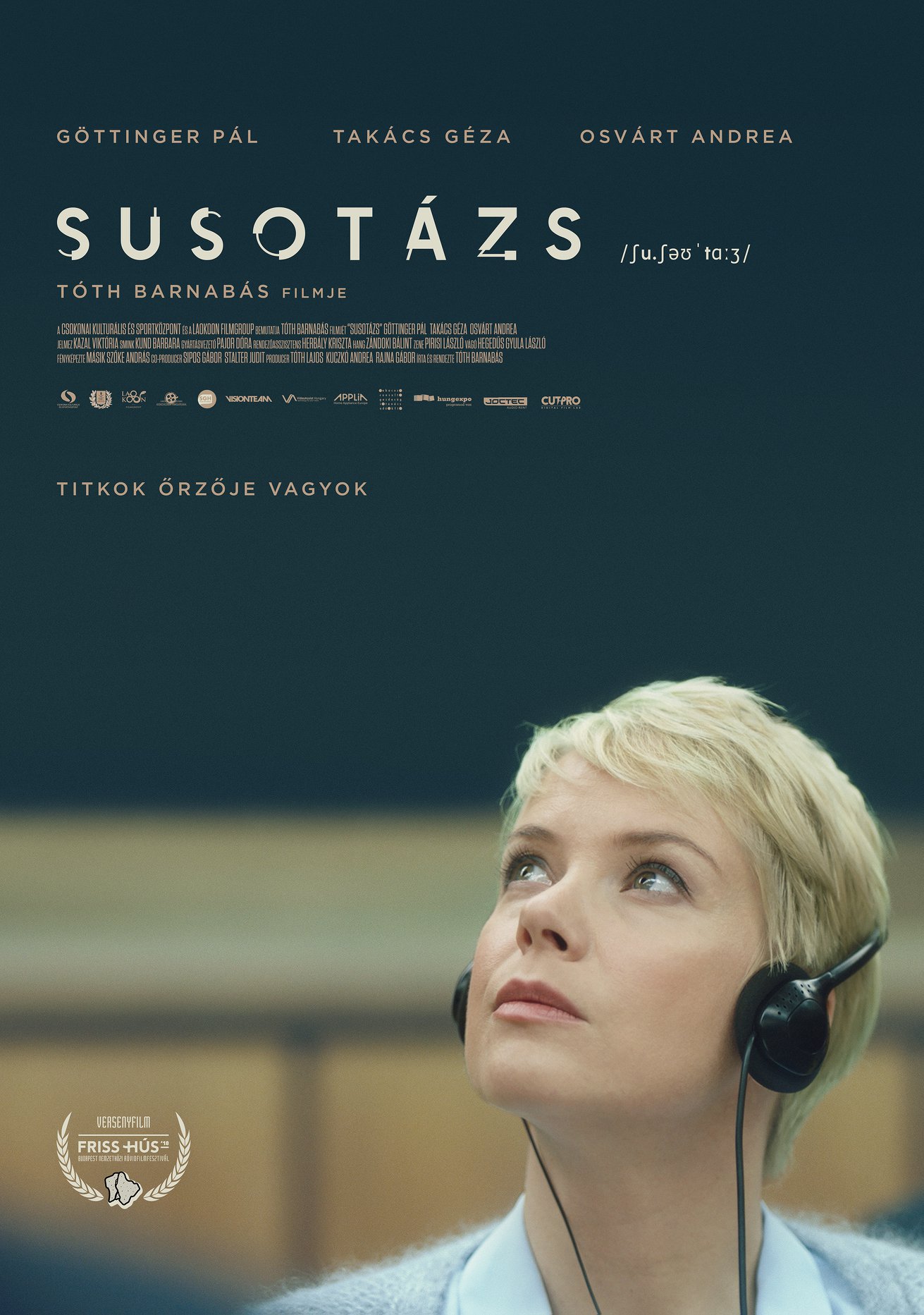Present pandemic times lend themselves well to an horror adaptation, where the fear and anxiety that the most of us try to monitor on a daily basis crawl uncontrolled and take over for a couple of hours. But what if a mysterious as much as fictional virus was created before, in unsuspected times?
It’s the case of Hall, debut horror feature from director and producer Francesco Giannini. Written and directed before the Covid outbreak, the film inevitably lends itself to be watched through the sadly ironic awareness of its resemblance to reality. But horror has always been keen on representing the scariest aspects of reality, and director Giannini knows that for sure, having already worked behind the camera in horror and dystopic shorts films. Hall is its first feature, produced by his production company, Franky Films, and distributed by Lightbulb Film Distribution.
The film is entirely set in a hotel, and mainly in its hallway, there the guests find themselves victims of an unprecedented mysterious virus, which is starting to claim victims all over the country. Trying to escape it, the family formed by Val and Brandon, wife and husband, and their 8-years-old daughter Kelly embark on a road trip and seek refuge for the night in a hotel. Here Val meets an Asian woman, Naomi, who is pregnant and is traveling on her own. In front of their rooms’ doors, they exchange a few words on pregnancy and family, from which it becomes clear that they both share a common background of domestic violence and unhappy marriage. After they part ways, the camera follows them separately behind the walls of their rooms, where we get to know better Val’s family and we get confirmation of our suspicions: in effect, her husband is the perfect stereotype of a contemporary violent, unstable man who beats his wife and child. At the same time, as Naomi is working in front of the computer, she receives a call from her mother, through which we get glimpses of her life and of her struggle to run away from something threatening and dangerous – (and in case it wasn’t clear enough, the filmmaker decided to show the threatening text messages coming from a mysterious person saved in the phonebook as “husband”). As Val eventually decides to run away with her daughter, trying to make her escape first, the virus has already started to spread across the hallway. From the initial coughing and trembling, the infected soon transform themselves into wheezing, agonizing bodies, slumped over the floor in front of their rooms. And their presence becomes an additional obstacle to Val and Kelly’s escape.

From the beginning, the narrative scenes are intertwined with the same recurring image of Naomi crawling on the hallways’ floor, slowly trying to run away and at the same time scary in her appearance, both victim and monster. This same image provides the spectator with the anticipation of what is going to happen, but it doesn’t manage to increase the suspense of the movie, which keeps slowly crawling towards the end, almost without ever increasing the pace, and never reaching a climax. Hall stars by creating a parallel between two different female characters, but then abandons one of them halfway through the film; at the same time, it chooses to focus its attention on a single situation instead of opting for a collective representation of the virus’s effects, or of differents people being trapped in a hotel. In this way, the aim seems to be that of wanting to portray the virus as a metaphor for an abusive situation or a toxic relationship, depicting a woman trying to save her life from two massive dangers: her husband and a contagious illness, which can both lead to her death.
In the end, Hall fails to stand out as a compelling movie: its narration is rather shallow and doesn’t engage the spectator; luckily, it doesn’t rely on the abuse of special effects or graphic solutions to compensate for the lack of a good story. On the other hand, the film can rely on good pillars, such as the acting of the main actors and good cinematography, but these alone cannot sustain the whole work. The film is closer to the thriller genre than it is to that of the proper horror, as the choice of an invisible “killer” and the ominous atmosphere point out, an interesting choice that could certainly have been better exploited.





